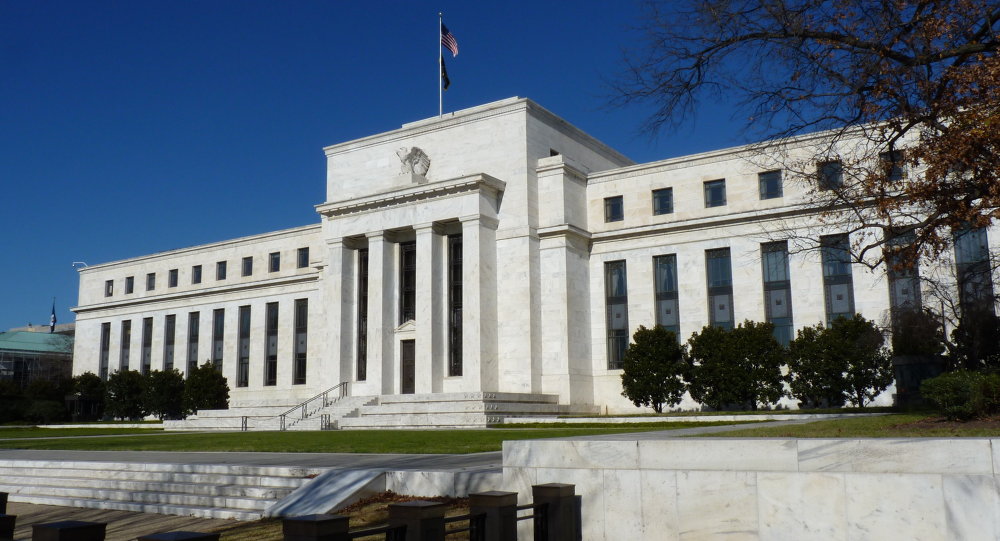The Future of Fed Policy
Monetary policy has changed significantly in the last decade. Traditionally, the Federal Reserve conducted open market operations to hit its federal funds rate target. Today, it maintains a bloated balance sheet and pays interest on reserves (IOR). How should the Fed move forward?
There are essentially three paths the Fed might take:
- Remain in a floor system, where the supply of reserves and federal funds rate can be adjusted independently.
- Bypass the primary-dealers market (and, hence, the IOR wall) by injecting new money directly into the market.
- Reduce the size of the balance sheet until the traditional corridor system is restored.
Let’s start with option 1. Fed economists have listed several benefits of paying banks interest on required and excess reserves. However, realizing those benefits, to the extent that they exceed the corresponding costs, would not require paying an above-market rate. (The Fed is legally prevented from paying interest in excess of “the general level of short-term interest rates.” But it has chosen rates of greater risk and duration — specifically, “rates on obligations with maturities of no more than one year, such as the primary credit rate and rates on term federal funds, term repurchase agreements, commercial paper, term Eurodollar deposits, and other similar instruments” — to serve as a benchmark.) And it is an above-market rate that permits such a large balance sheet.
Although being able to adjust the supply of reserves and federal funds rate independently is often cited as a benefit, it really isn’t. As George Selgin notes, it is akin to putting a car in neutral. You can step on the gas and turn the steering wheel as you please without careening off a cliff. But you don’t go anywhere. Likewise, you can adjust the supply of reserves and the federal funds rate independently so long as you are paying an above-market rate on reserves. But there is no effect on nominal spending.
There is at least one good reason for Fed officials to maintain a large balance sheet (a good reason for Fed officials, that is). It results in larger revenues. Larger revenues enable Fed officials to pad their budgets without reducing (and, indeed, even increasing) remittances to the Treasury.
How about option 2? One way to bypass the financial sector and inject money directly into the market would be to channel the new money through a Treasury spending program. However, such a spending program would risk politicization, as the new money might be directed at specific projects rather than spread evenly throughout the whole economy. Alternatively, the Fed could deposit new money into consumer bank accounts. Such an approach would resemble Milton Friedman’s theoretical helicopter drop. But, contrary to received wisdom, helicopter drops “are likely to be significantly more distortive than open market operations.”
That leaves us with option 3: return to normalcy. Conventional monetary policy has its problems, to be sure. But they are familiar problems. Returning to a corridor system means Fed officials can draw on past experiences. And, if we are lucky, those experiences will enable them to do a better job in the future.













